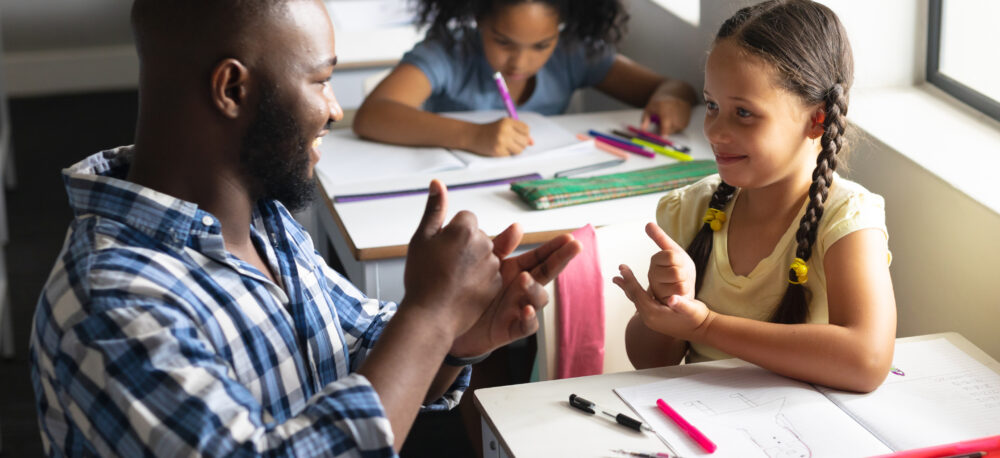
UnboundEd works with educators at every level of the system to provide students with grade-level, engaging, affirming, and meaningful — GLEAM — instruction. This blog series, comprised of three posts, delves into GLEAM instruction and how it can create more effective learning experiences for all students.
The first blog in this series explains that impactful education, which fosters curiosity, creativity, and critical thinking in students, can only be achieved when teacher mindsets and planning are put in service of grade-level, engaging, affirming, and meaningful instruction. The second blog focuses on the critical teacher mindsets and planning practices that inform day-to-day classroom actions and decisions. In this third installment, we discuss what GLEAM instruction looks like in the classroom.
When educators engage in the sorts of reflection and planning activities described in the previous blog, we hypothesize that students will:
- Experience a collaborative, student-centered learning partnership with their teacher
- Have access to cognitively challenging grade-level work and the supports required to struggle productively with that work
- Feel that their funds of knowledge and identities, including their linguistic and academic identities, are affirmed during instruction.
- Engage in learning experiences that emphasize higher-order thinking, are rooted in grade-level work, and offer just-in-time supports as needed.
- Display confidence and pride in who they are, critiquing content and pairing their learning with their lived experiences to claim their rightful place in the world.
Let’s explore these indicators of GLEAM a bit more.
Classroom Environment and Routines
In the last blog, we introduced a question for educators to consider when planning: “How can I show up as an educator during this lesson to build a community of learners?” Indeed, a significant feature of GLEAM instruction is that students experience learning each day as part of a welcoming, affirming community. GLEAM instruction fosters genuine relationships between students and their teachers, echoing what Zaretta Hammond has termed “learning partnerships,” which requires “building trust with students across differences so that the teacher can create an authentic partnership for deeper learning.” Students and teachers partner in a collaborative, genuine relationship.
With GLEAM instruction, students experience individual and collective learning and engage in activities that prioritize both written and oral modes of expression that affirm their identities. For example, students may write answers to math problems individually for part of a class period while also engaging in an active and oral reciprocal teaching activity for another part. Students may be graded on an individual essay on one day and earn credit for team performance in a debate the next.
Further, GLEAM instruction means that students’ backgrounds are also welcomed and affirmed; academic instruction is connected to and congruent with their experience at home. Teachers may invite students to bring objects from home to analyze mathematically; families may be invited to school to share their expertise. In this way, students can learn college and career readiness skills while having their backgrounds and identities affirmed.
Higher-Order Thinking
Cognitively demanding tasks anchor GLEAM instruction. Students have opportunities to read and write about complex texts and solve multistep mathematics problems. Here are some thoughts on what this looks like and doesn’t look like in practice.
| What it Looks Like | What it Doesn’t Look Like |
|---|---|
| Providing grade-level texts and tasks for all students | Reserving grade-level texts and tasks for only some students |
| Scaffolding complex texts by chunking and offering multiple opportunities to comprehend | Replacing opportunities to read complex texts with read-alouds or below-grade-level texts |
| Offering opportunities for students to explain their thinking and engage in discourse | Offering only repetitive, low-level tasks that students must complete silently and independently |
| Giving students opportunities to understand and explain math concepts | Focusing mathematics instruction on repeating procedures without conceptual understanding |
Providing learning activities that align with grade-level expectations is essential to delivering GLEAM instruction and ensuring students have ample opportunities to engage in learning.
Connecting To Reality
Finally, in a classroom centered around GLEAM instruction, students have opportunities to connect their learning to meaningful social challenges. In “Yes, But How Do We Do It?” Dr. Gloria Ladson-Billings writes, “The task here is to help students use the various skills they learn to better understand and critique their social position and context.” With GLEAM instruction, students learn to answer text-dependent questions and apply this to interrogate grade-appropriate complex texts about issues facing their local community and the world. Students learn to model with equations and statistics and then use these skills to understand, analyze, and critique.
Bringing It All To Life
We’ve now explored the mindsets, planning practices, and classroom actions that embody GLEAM instruction. In contrast to instruction that is narrowly focused on low-level skills acquisition and in the absence of connection and community, GLEAM instruction can rehumanize teaching and learning to unlock the potential of all students.
Consider these actions to help bring GLEAM instruction to life in your school or classroom.
- Maintain high levels of cognitive challenge for all students. Give all students a chance to grapple with grade-level texts and tasks, with supports as necessary.
- Build trusting relationships with students. Learn what they’re interested in and care about while demonstrating sincere investment in their success.
- Get to know your families and community. Invite parents and caregivers to school to share the ideas, issues, and skills they are passionate about.
- Develop your own critical consciousness. Investigate local, national, and global issues and consider their potential role in instruction.
In the Classroom
We further hypothesize that holding these mindsets and planning in this manner deeply influences teacher actions in the classroom, fostering educators’ ability and opportunities to:
- Respect their students.
- Create the conditions for collaborative, student-centered learning partnerships with all students.
- Affirm, while also building on, students’ funds of knowledge.
- Utilize formative assessments to ensure multiple, meaningful entry points into the learning.
- Emphasize grade-level, higher-order thinking skills, including discussion, problem-solving, and problem-posing, with just-in-time supports as needed.
- Connect and apply concepts to the real world by relating them to students’ lived experiences.
- Include a balance of individual and communal learning opportunities in which they prioritize group, rather than individual growth and success.
As a result, student experiences will embody GLEAM instruction. We believe, given these conditions, students will:
- Experience a collaborative, student-centered learning partnership with the teacher in which the teacher provides cognitively challenging work and the support required to struggle productively with that work.
- Feel that the instruction affirms their funds of knowledge.
- Have entry points to grade-level content that they see as meaningful.
- Engage in learning experiences that emphasize higher-order thinking, are rooted in grade-level work, and offer just-in-time supports as needed.
- Display confidence and pride in who they are, critiquing content and pairing their learning with their lived experiences to claim their rightful place in the world.
- Engage in communal sense-making experiences that prioritize collaboration and group success.
We at UnboundEd are grateful to be your partners on this shared journey toward providing every single student with grade-level, engaging, affirming, and meaningful instruction.
Read the blog series


GLEAM® Instruction Mindsets & Planning
Next steps with GLEAM®
Choose the path that fits your team
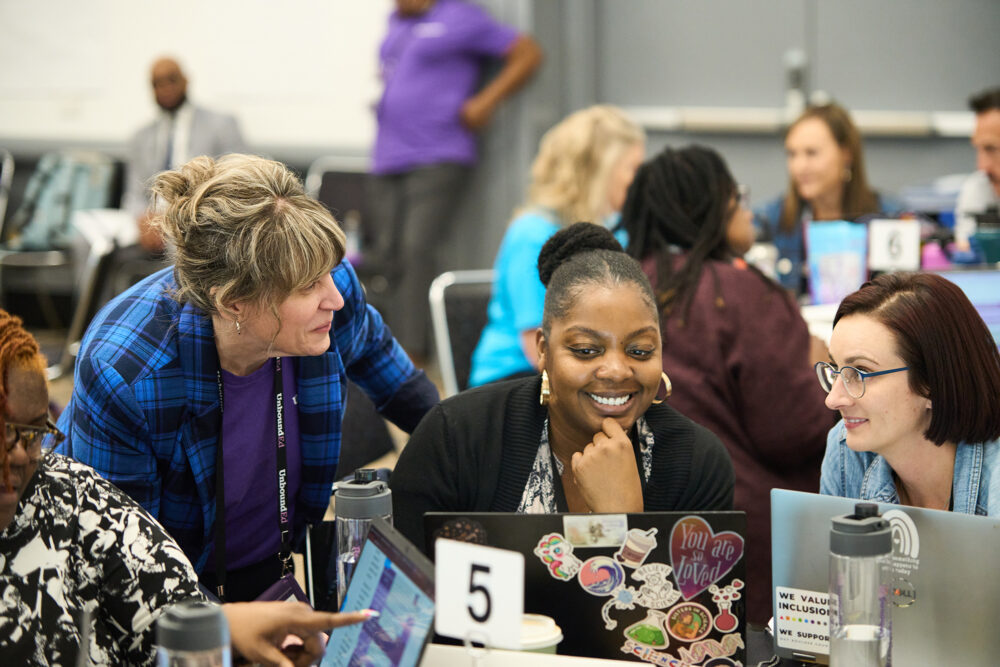
Standards Institute™
At Standards Institute, educators cultivate the mindsets, skill sets, and tools to provide grade-level, engaging, affirming, and meaningful instruction.
Learn More ➜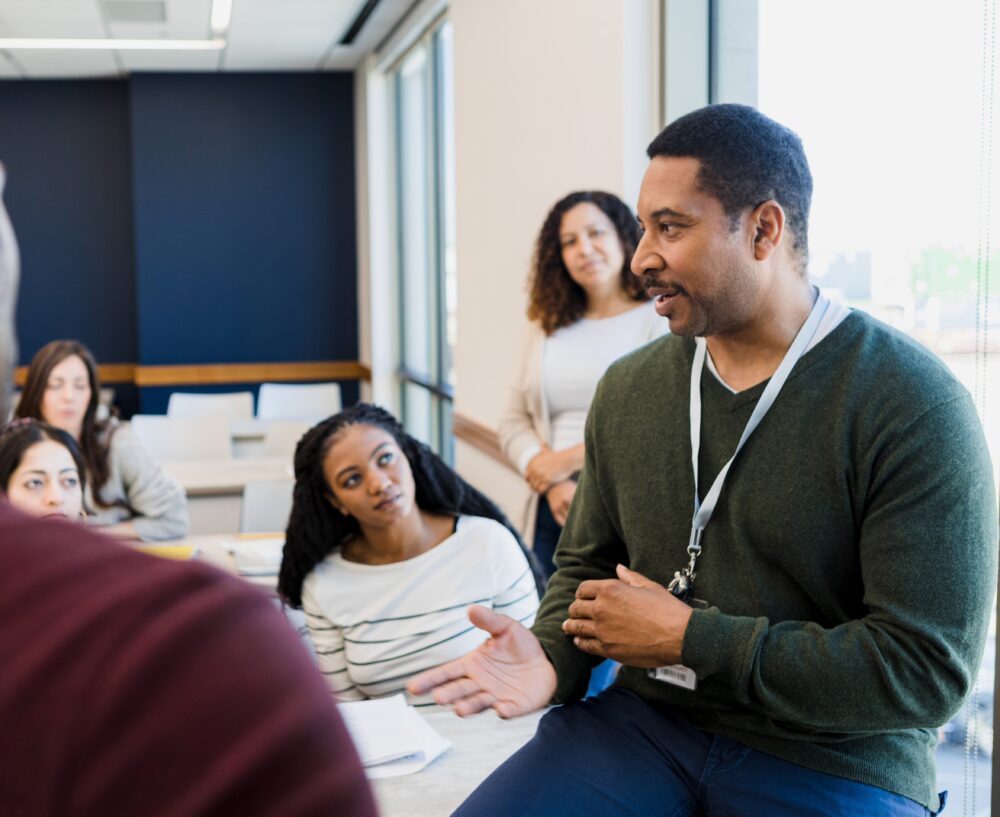
UnboundEd Summits
Accelerate your instructional vision and build educators’ skills and expertise with a virtual or on-site Local Summit.
Learn More ➜

In-Service Workshops
UnboundEd’s dynamic, hands-on workshops build educator capacity by focusing on timeless, cross-disciplinary instructional moves that drive effective instruction, rigor, and student empowerment.
Learn More ➜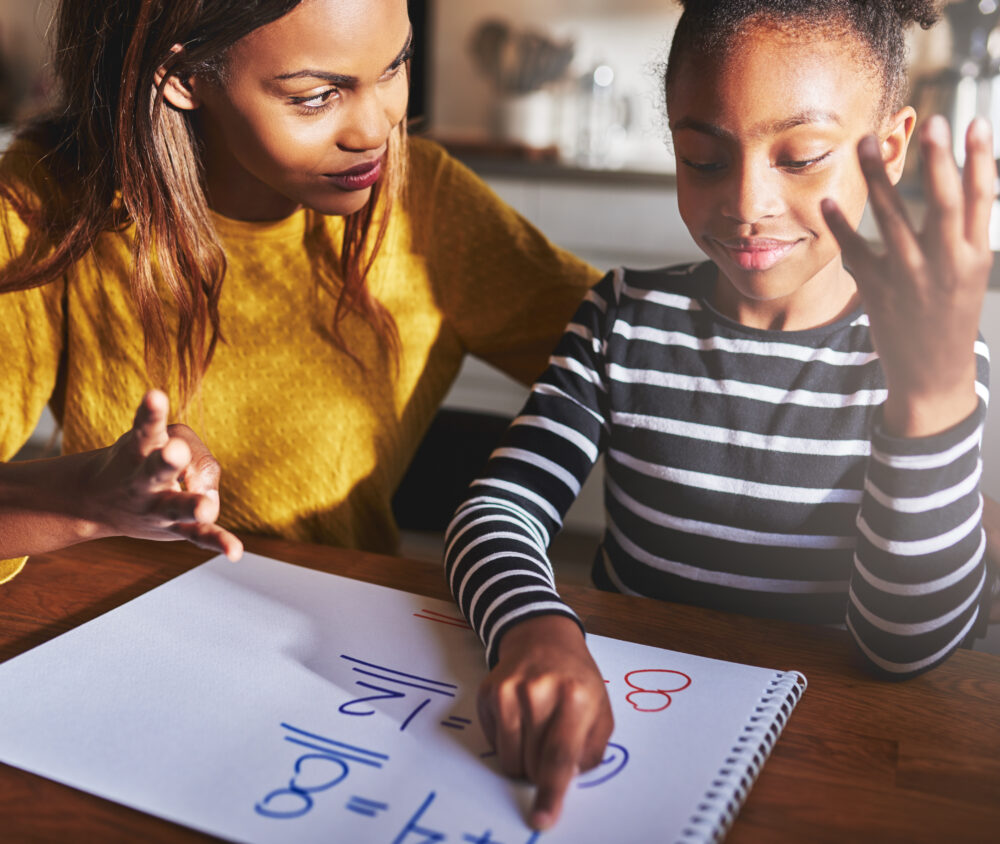
Online Math Academy
UnboundEd’s Online Math Academy courses enrich educators’ content knowledge and instructional practices to unlock all students’ math potential.
Learn More ➜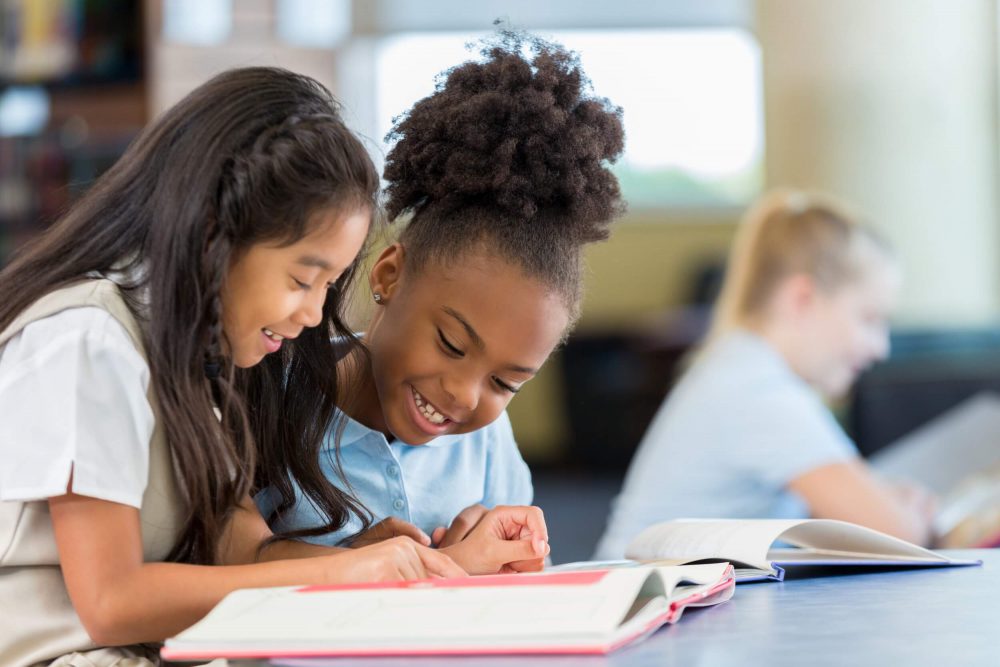
Curriculum Adoption
Ensuring quality materials are adopted and used effectively is crucial to improving outcomes and requires a strong instructional materials selection process. We’re here to share guidance and support on leading a rigorous and collaborative curriculum adoption process to select the right materials for your context and goals.
Learn More ➜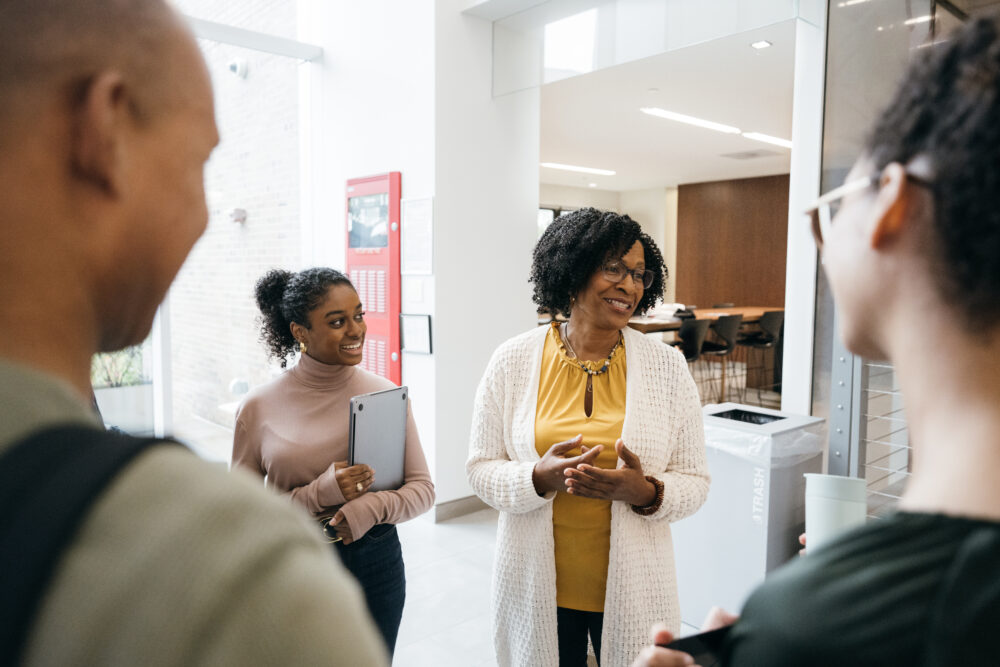
Curriculum Implementation
Just getting started, or need to get back on track? We work with you on a shared vision and an actionable plan for curriculum success.
Learn More ➜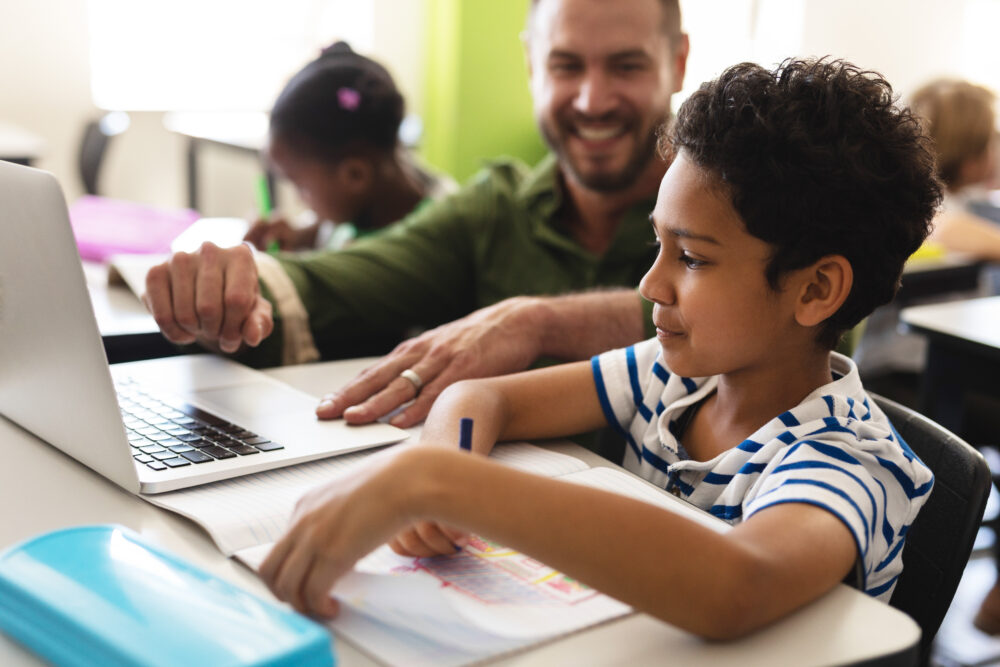
Literacy ReclaimEd
Improve literacy instruction and better meet the unique needs of every student.
Learn More ➜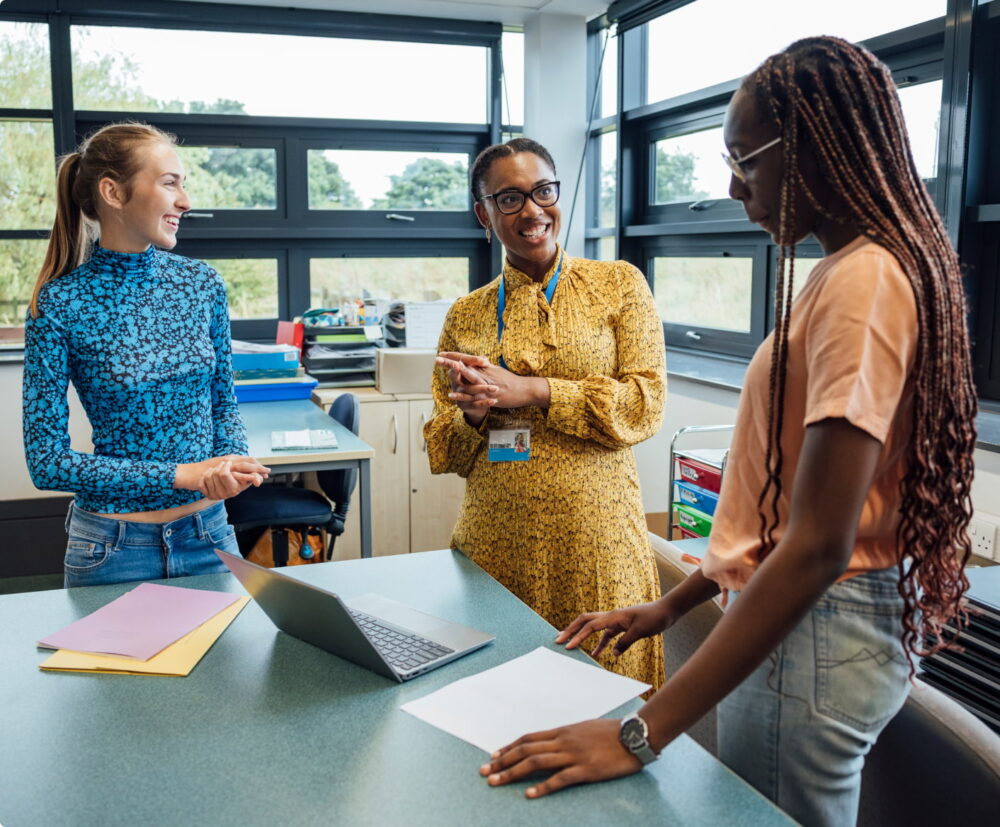
GLEAM® Inventory
Build your team’s understanding of grade-level, engaging, affirming, and meaningful –GLEAM®– instruction and transform how you serve all students in your district.
Learn More ➜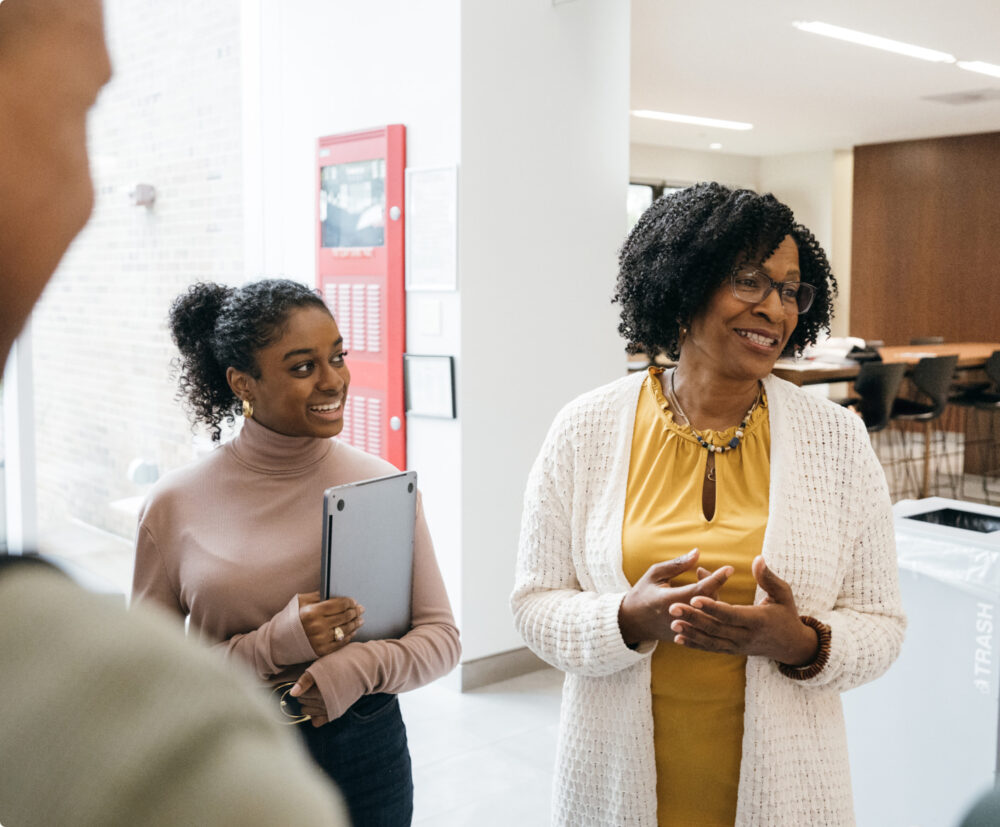
Speaking Engagements
Our experts offer inspiring, thought-provoking messages and conversations that will get your team thinking creatively about shifting mindsets and changing practice.
Learn More ➜
California Math Curriculum Adoption and Launch Cohort
Prepare to adopt and launch high-quality mathematics instructional materials with no-cost, grant-funded support from UnboundEd.
Learn More ➜